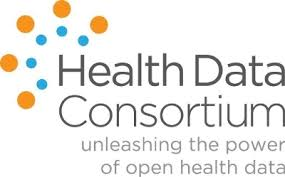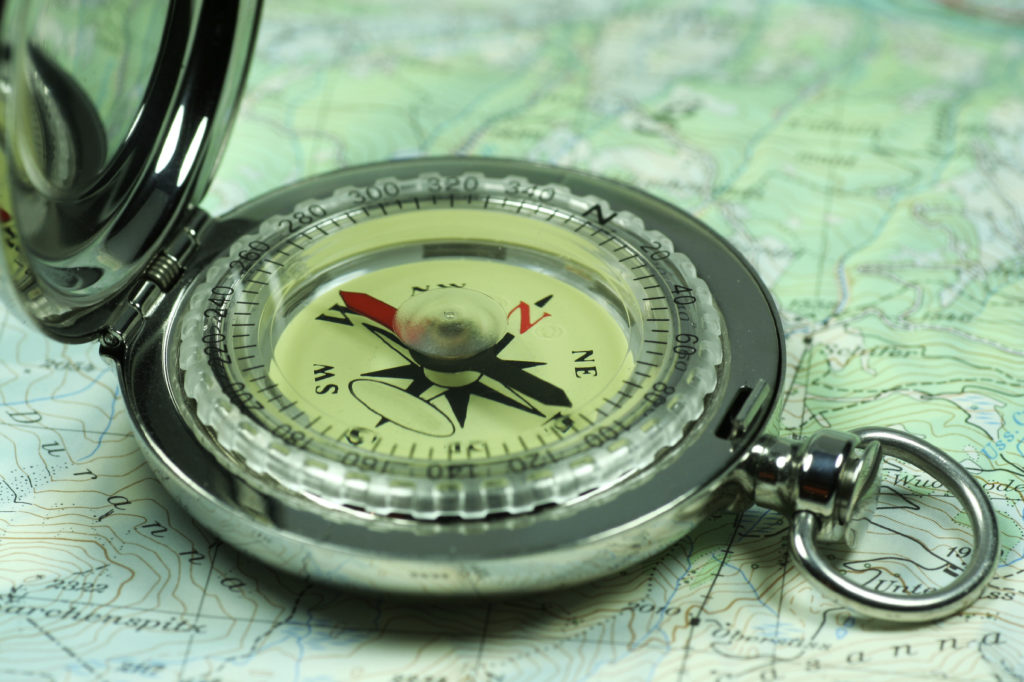 In late 2014, we nominated Healtheway’s eHealth Exchange to the prestigious Health Data Consortium (HDC) – Health Data Gallery. The Health Data Consortium is a collaboration among government, non-profit, and private sector organizations working to foster the availability and use of open health data to drive innovations that improve health and health care. The Health Data Gallery highlights “Success Stories” of health data being leveraged to create real differences in health care delivery and people’s lives. The HDC selects stories that demonstrate:
In late 2014, we nominated Healtheway’s eHealth Exchange to the prestigious Health Data Consortium (HDC) – Health Data Gallery. The Health Data Consortium is a collaboration among government, non-profit, and private sector organizations working to foster the availability and use of open health data to drive innovations that improve health and health care. The Health Data Gallery highlights “Success Stories” of health data being leveraged to create real differences in health care delivery and people’s lives. The HDC selects stories that demonstrate:
- Leveraging data: Using publicly health data – released data or data available through secure, connected networks – to effect change.
- Sharing across systems: Working with other groups to share health data across various organizations in the health care system to generate a more holistic view of health.
- Empowering people to make better health decisions: Helping patients and consumers to obtain and utilize health data to empower them to receive better care, have access to better health services, or understand more about their health situations.
By the end of April 2015, the eHealth Exchange Program had been added to the Health Data Galley as an organization and innovative technical solution that has leveraged health data to create meaningful and measurable differences in people’s health.
The eHealth Exchange was born out of an Office of the National Coordinator for Health IT (ONC) initiative to enable secure, nationwide exchange of health information. Work started in 2007, with 15 private sector organizations and eight federal agencies and quickly evolved to the eHealth Exchange as we know it today. Since its inception, the eHealth Exchange has addressed many of the toughest challenges to enable trusted and interoperable exchange of health information in the US.
As stated in the story, “Healtheway’s eHealth Exchange gives us a glimpse into the future of what interoperability can do for patient care.” The eHealth Exchange was never intended to be a technology solution. It was envisioned to be a comprehensive ecosystem of policy, trust agreements, governance, and the underlying implementation of specifications and interoperability testing. These elements combine into a common approach for organizations of all sizes in the public and private sectors to be able to effectively share health information securely throughout the country. Viewing health information exchange (HIE) as an ecosystem has been central to the eHealth Exchange’s growth, progress and success.
The demand for on-boarding significantly outstripped the ability to quickly get members through testing. In 2014, the eHealth Exchange announced automated testing via the AEGIS Developers Integration Lab (DIL) and reduced the typical testing time-frame for new participants from months of effort to just days and weeks. AEGIS supports on-boarding participants to the Healtheway eHealth Exchange by implementing certification and conformance testing tools. AEGIS was engaged to design and develop a test platform (test harness) for the eHealth Exchange to allow self-service automated, cloud-based interoperability testing. This work involves a deep understanding of multi-layered standards (W3C, OASIS SAML, and HL7) and profiles in addition to testing conformance to the standards.
Over the course of the past eight years, the organizations, vendors, and HIE networks that participate in the eHealth Exchange benefit from the fact that federal and state agencies, combined with private sector care organizations, spent years grappling with the intricacies of making it possible to not only achieve interoperability, but also to build a common set of rules for the road. This allows the organizations to establish a trust agreement once and be able to trade data with any other organization participating in the eHealth Exchange.
The eHealth Exchange is now one of the most widely used health information exchange infrastructures in the world. Currently, the eHealth Exchange includes participants that together represent 1,600 hospitals (roughly 30% of hospitals in the US), 10,000 mid-to-large medical groups, 800 dialysis centers and 850 retail pharmacies dispersed throughout the nation. eHealth Exchange participants together serve nearly 100 million patients – almost a third of the country’s population.

